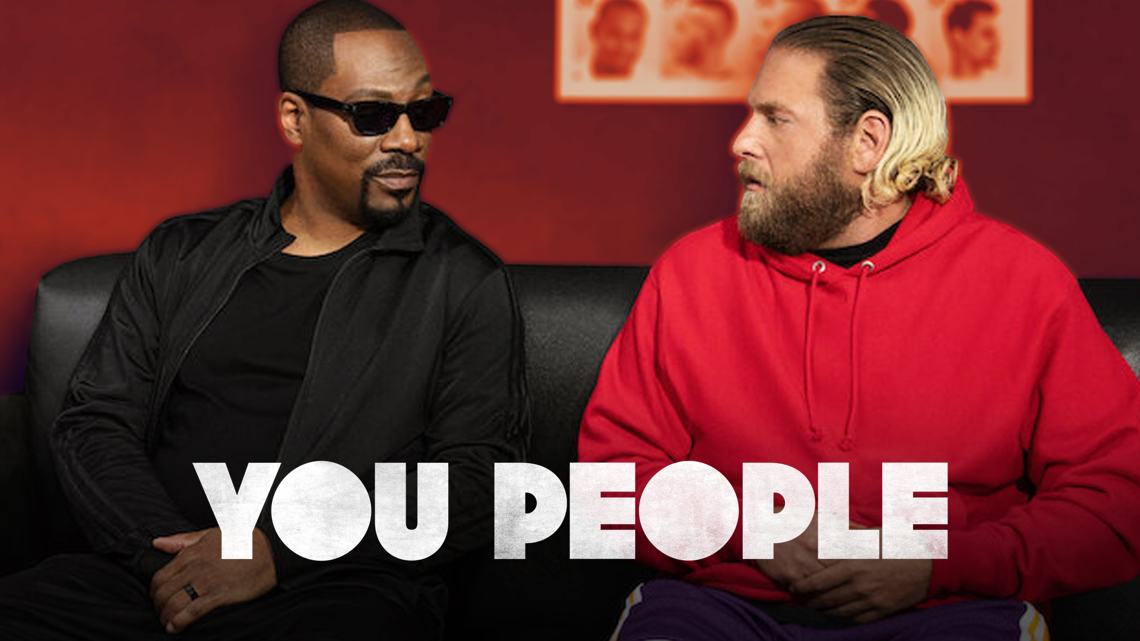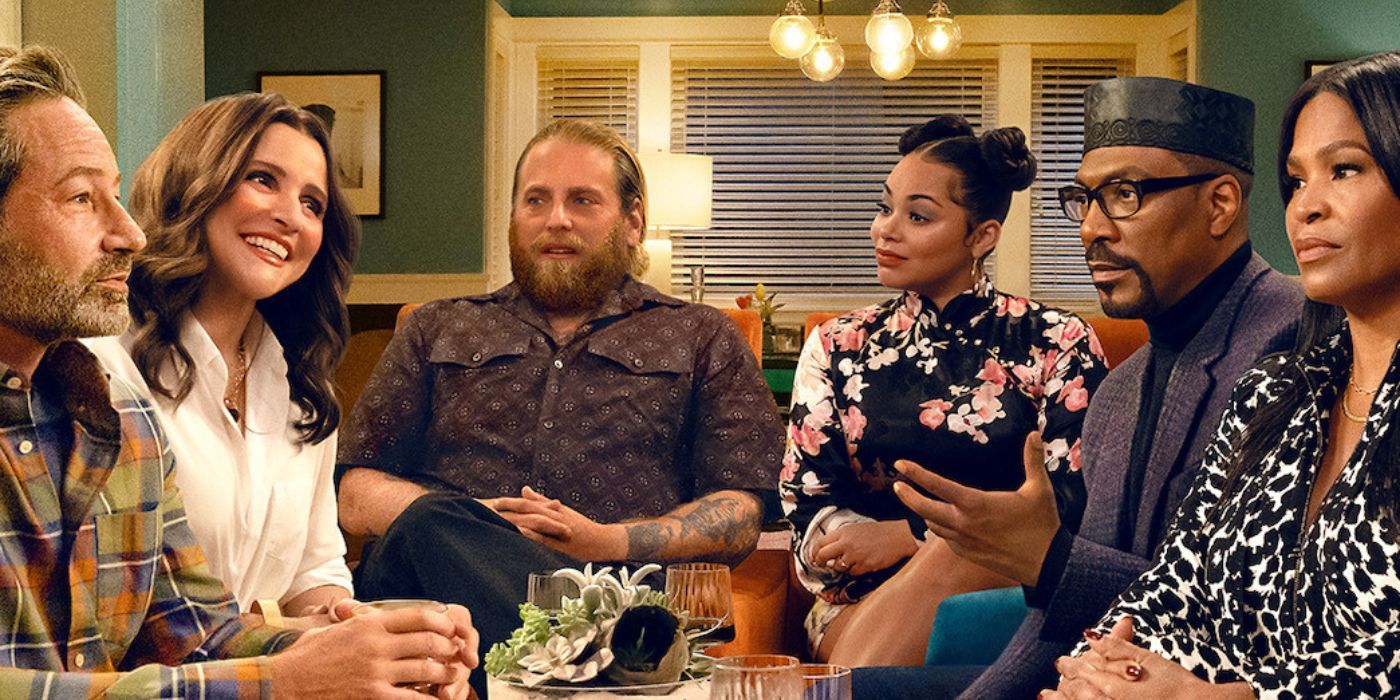Humor and Tone: Review Movie You People

You People, despite tackling weighty themes of race, class, and family, doesn’t shy away from a healthy dose of humor. The film expertly blends witty dialogue, physical comedy, and observational humor to create a unique and often hilarious viewing experience. This comedic approach not only provides much-needed levity amidst the more serious subject matter but also serves to underscore the absurdity of certain societal prejudices and expectations.
The film utilizes a diverse range of comedic techniques. Observational humor, poking fun at the eccentricities of modern dating and the clash of cultures, is prevalent throughout. Slapstick elements, though less frequent, add a physical layer to the comedic timing, particularly in moments of heightened tension or awkward encounters. The sharp, often sarcastic dialogue, delivered with impeccable timing by the cast, is arguably the film’s strongest comedic weapon, allowing for both subtle jabs and outright comedic explosions. The humor is frequently self-aware, acknowledging the inherent complexities and potential pitfalls of the film’s premise.
Types of Humor Employed
The film’s comedic success stems from its deft blending of various humor styles. Observational humor shines in scenes depicting the cultural differences between Amira’s devout Muslim family and Ezra’s affluent, liberal family. For instance, the contrasting approaches to dating and family expectations provide ample fodder for comedic misunderstandings. Slapstick humor, while less prominent, is used sparingly but effectively, such as during chaotic family gatherings where physical comedy arises naturally from the characters’ interactions. Finally, the sharp, witty dialogue, peppered with sarcastic remarks and clever wordplay, keeps the energy high and the laughs coming. The film’s success lies in its ability to seamlessly integrate these diverse comedic styles without sacrificing the integrity of its central themes.
Comedic Elements and Overall Tone
The comedic elements in You People significantly impact the overall tone, preventing the film from becoming overly preachy or didactic. The humor acts as a buffer, allowing the audience to engage with the sensitive topics presented without feeling overwhelmed or alienated. It creates a sense of relatability, even amidst the heightened and sometimes exaggerated scenarios. The laughter generated by the comedic moments provides a release valve, allowing the audience to process the more serious themes in a less confrontational manner. The film’s tone is thus a carefully crafted balance between levity and gravity, a delicate dance that keeps the audience engaged and invested in the characters’ journeys.
Specific Scenes Illustrating Comedic Style
Several scenes perfectly capture the film’s unique comedic style. The initial meeting between Amira’s family and Ezra’s family is a masterclass in awkward comedy, with cultural clashes and humorous misunderstandings creating a memorable and hilarious sequence. A specific example would be the dinner scene where the differing dietary restrictions and cultural norms lead to a series of escalating comedic mishaps. The extended sequence showcasing Ezra’s attempts to impress Amira’s father, resulting in a series of escalating, albeit well-intentioned, failures, is another prime example of the film’s blend of observational and slapstick humor.
Balance Between Humor and Serious Themes
You People masterfully balances humor and serious themes. The film doesn’t shy away from exploring complex issues surrounding race, religion, and class, yet it manages to do so without sacrificing its comedic edge. The humor never trivializes these serious topics; instead, it serves as a tool to highlight the absurdity of certain prejudices and stereotypes. The comedic moments provide breathing room, preventing the film from becoming overly heavy-handed or didactic. The result is a film that is both entertaining and thought-provoking, leaving the audience with both laughter and food for thought.
Illustrative Scene Analysis

This review will delve into two pivotal scenes from “You People,” showcasing how the film masterfully utilizes visual storytelling and sharp dialogue to drive the narrative and develop its complex characters. We’ll examine how seemingly small details contribute significantly to the overall comedic and emotional impact.
The First Meeting Dinner Scene
This scene, a cornerstone of the film’s early conflict, takes place during a tense dinner party at the Akbar household. The setting is meticulously crafted: a lavish, yet slightly cluttered, home reflecting the family’s successful yet slightly chaotic lives. Warm, inviting lighting contrasts with the palpable tension in the air. Ezra, played by Jonah Hill, is dressed in a slightly too-formal outfit, betraying his nervousness, while Amira’s family are dressed in a more relaxed, yet stylish, manner. The visual contrast subtly highlights the cultural differences and the anxieties Ezra feels navigating this new environment. The dialogue is rapid-fire, a mixture of witty banter and pointed observations. Amira’s father, played with delightful sternness by Eddie Murphy, delivers cutting remarks with a twinkle in his eye, while Ezra tries, often unsuccessfully, to navigate the conversation and make a good impression. His attempts at humor fall flat, his facial expressions a mixture of forced smiles and growing discomfort. The scene culminates in a near-disaster involving a spilled drink and a hilariously awkward attempt at damage control, perfectly encapsulating the initial clash of cultures and personalities. The visual element of the spilled drink acts as a physical manifestation of the rising tension, adding a layer of physical comedy to the already tense verbal exchange.
The Confrontation at the Therapist’s Office, Review movie you people
This scene, occurring later in the film, serves as a crucial turning point in the relationship between Ezra and Amira’s parents. The setting is a sterile, neutral therapist’s office, a stark contrast to the vibrant chaos of the Akbar home. The costumes are less flamboyant, reflecting the gravity of the situation. The dialogue is less witty and more confrontational. The scene showcases a powerful shift in dynamics, as Ezra finally confronts his own prejudices and insecurities, while Amira’s parents grapple with their own ingrained biases. Eddie Murphy’s character, initially resistant and dismissive, shows vulnerability and begins to understand Ezra’s perspective. The visual element of the three characters sitting in a circle, initially distant and physically separated, slowly coming closer as the conversation progresses, powerfully symbolizes the bridging of the gap between them. The scene’s impact on the narrative is significant, marking a shift from conflict to understanding, paving the way for the resolution of the central conflict and allowing for character growth and reconciliation. The subtle shifts in body language, from rigid posture to more relaxed positions, underscores the emotional progress within the characters and their evolving relationships.